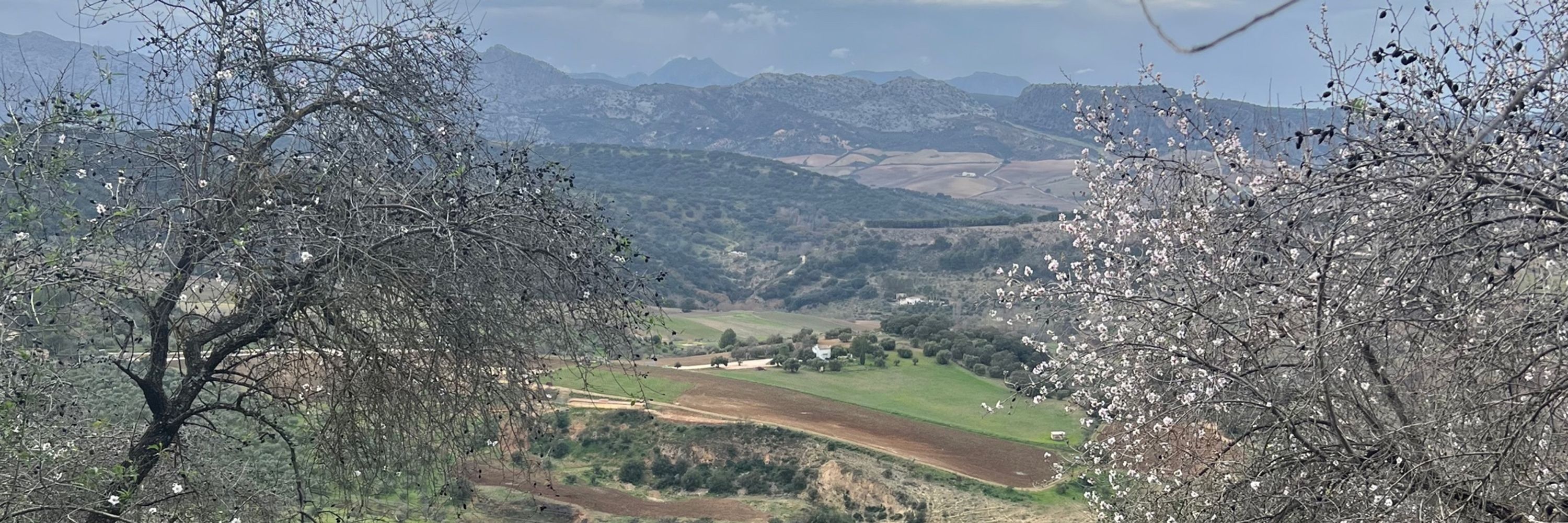
📉 Clear crosslinguistic bias—high vowels are shorter than low vowels
➡️ But no systematic difference between high front vs. high back vowels
📉 Clear crosslinguistic bias—high vowels are shorter than low vowels
➡️ But no systematic difference between high front vs. high back vowels
🗣️Automatic accounts
👂Speaker control
As a novel contribution, we reinterpret intrinsic vowel duration as a statistical universal emerging from the competing pressures of target uniformity and enhancement
🗣️Automatic accounts
👂Speaker control
As a novel contribution, we reinterpret intrinsic vowel duration as a statistical universal emerging from the competing pressures of target uniformity and enhancement
Our dataset:
✅ 60+ languages
✅ 16 language families
✅ Thousands of speakers
Our dataset:
✅ 60+ languages
✅ 16 language families
✅ Thousands of speakers
📄Paper: www.isca-archive.org/interspeech_...
💻Code: github.com/pacscilab/CV...
💫This was joint work with @mzhang89.bsky.social, Aref Farhadipour, Annie Baker, Jiachen Ma, and Bogdan Pricop

📄Paper: www.isca-archive.org/interspeech_...
💻Code: github.com/pacscilab/CV...
💫This was joint work with @mzhang89.bsky.social, Aref Farhadipour, Annie Baker, Jiachen Ma, and Bogdan Pricop
The similarity scores, paper, and code can be found at the below links
Happy data cleaning 😊
The similarity scores, paper, and code can be found at the below links
Happy data cleaning 😊


